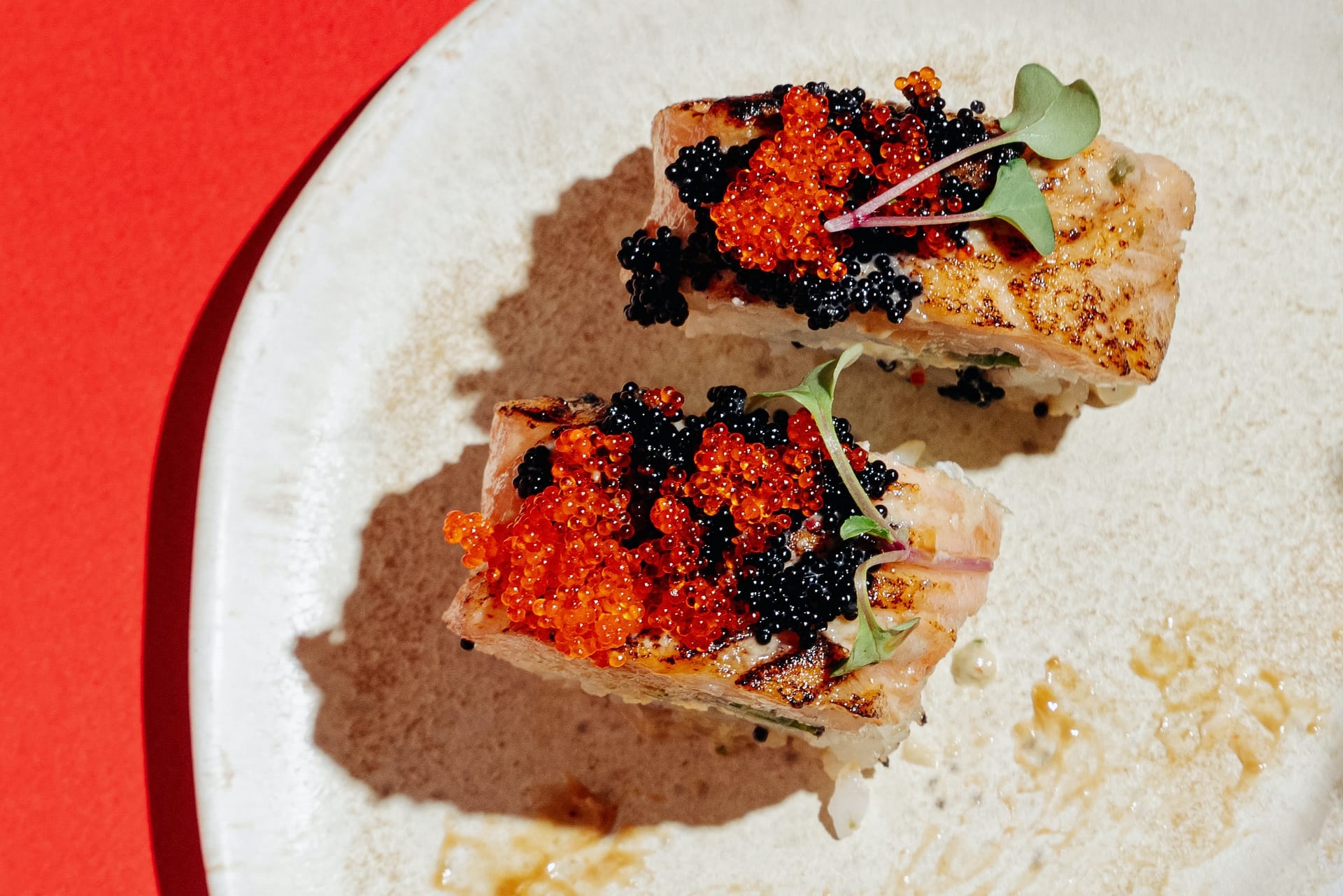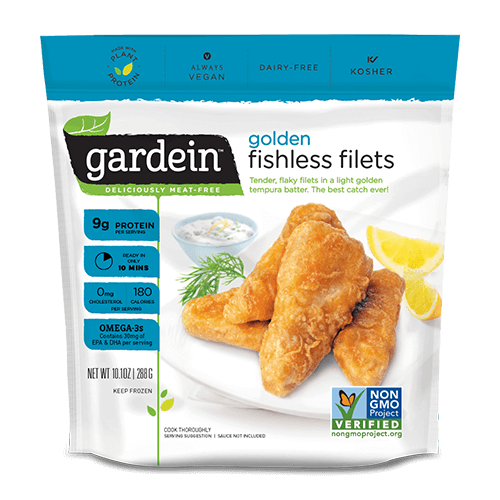A new plant-based wave is approaching fast and growing even faster. As the want and need for plant-based products continues to increase so does the awareness around the human and environmental benefits. Consumers are searching for ways to limit their environmental impact and stay healthy. If this continues to positively persuade change in their purchasing decisions towards opting for plant-based products.
We have all heard about plant-based meats and dairy alternatives, but have you heard about plant-based fish and seafood alternatives?
Seaspiracy, a Netflix documentary that is at the top of many consumer’s watch lists, confirms what we already know is happening in our oceans. The documentary is an eyeopener to the damage and devastation that continues to plague our oceans. In 2020, the United Nations stated that ‘nearly 90% of the world’s marine fish stocks are now fully exploited…the only truly sustainable seafood is one that allows fish to remain in the ocean, undisturbed’ (Forbes, 2020).
However, consumers aren’t just going to forget about that tasty, nutritious sea bream and companies know this, and so the wave of plant-based fish products has emerged. Brands that have had the opportunity to jump on this trend first have managed to create products that not only taste like fish but provide all the benefits too. There is still a huge market for product innovations in this category as the popularity and consumer numbers continues to surge.

Popular Plant-Based Fish and Seafood Replacements
Plant-based fish and seafood alternatives can be made from plant ingredients such as potato, soy, chickpeas, flour, lentils and many more. The ingredients work together to create a ‘taste-a-like’ and ‘look-a-like’ of the actual fish product. Except now you do not have to worry or feel guilty about the impact you may have on the ocean. Here are some great examples of fishless fish products that use plant-based ingredients but taste and look almost identical to the original fish product:
Gardein > are currently running the show when it comes to providing consumers with plant-based meat alternatives including chicken, pork and most importantly fish. Gardein offer consumers a product that is certified vegan and packed with protein. Frozen Fishless Filets that are made primarily from vegetable protein and wheat flour.

Good Catch Foods > is known for making one of the best fishless fish burgers. Made with plant-based ingredients and lots of protein you won’t even realise you aren’t eating fish. Consumers have stated that the burger texture is great and that it includes all the best elements of a fish burger but without the fish.

Sophie’s Kitchen > provides consumers with a fish-free product that is vegan, vegetarian, soy-free and gluten-free. Their array of products can suit any occasion, whether you are looking for a quick meal or having some friends over for a fancy dinner. Their Plant-Based Smoked Salmon is a gluten-free, soy-free product that is almost identical to actual salmon and very similar in taste, providing consumers with a ‘fix’ when it comes to their fish cravings.

Atlantic Natural Foods > provides consumer’s with a number of natural alternatives. There fishless range is 100% ocean safe, affordable and delicious. For those canned tuna lovers Atlantic Natural Foods has the perfect replacement called TUNO. The fishless tuna is packed with essential amino acids and can be used for any normal tuna dish, including sandwiches, salads or just as a quick snack.

Birds Eye > offers consumers a variety of products. A popular plant-based favourite is their fishless fish fingers which falls into their Green Cuisine range. Made with rice flakes and coated in breadcrumbs. This product is a great source of protein and omega 3, providing consumers with a balanced diet and healthy lifestyle.

